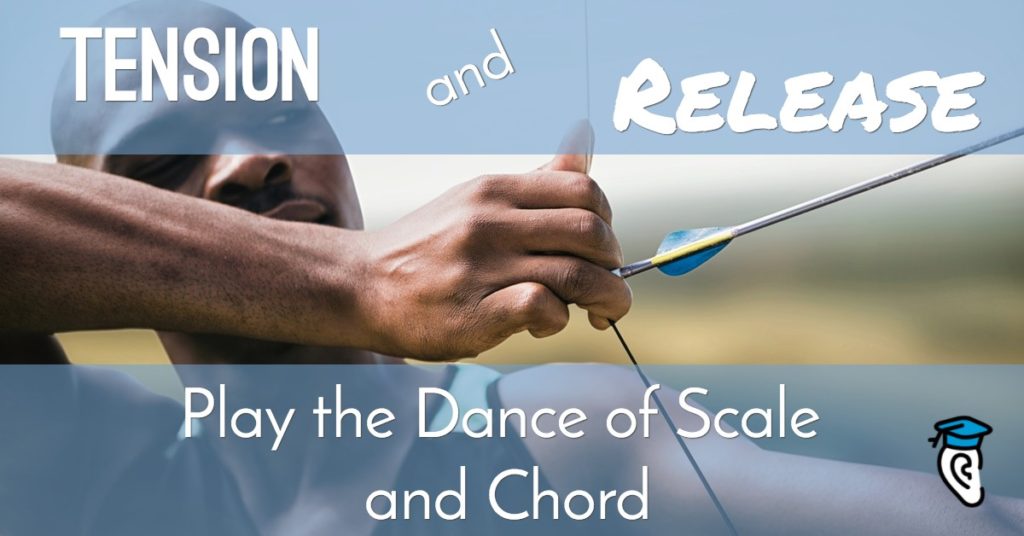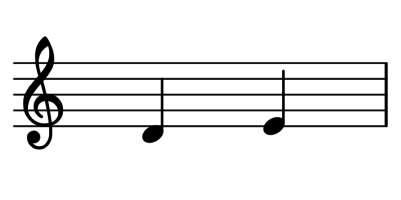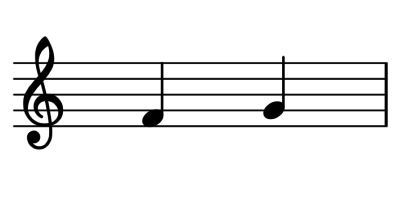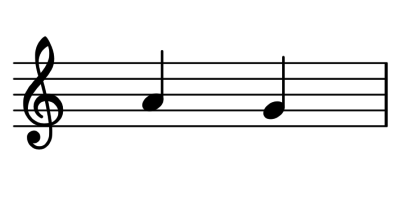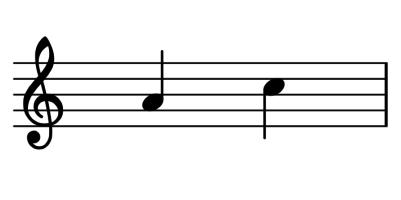One of the best ways to begin playing by ear is to play chord tones and find your way around the scale by targeting the chord tones through a given chord progression. Many melodies consist mostly of chord tones. But when you rely solely on chord tones for your melody, then your melody or improvised line will sound very vanilla or Plain Jane. Not that there is anything wrong with Vanilla and Jane. But music is about Tension and Release. Release is an important aspect of music and life. If you think about it for a while you would realise our world is full of tension and release.
How good is that feeling when you finish work at the end of the day? How good is that cold glass of water after working in the sun? That hot shower after swimming in the cold river?
This is all tension and release.
The following exercises explore the next step after learning to hit the chord tones. If you want to know more about that before starting here, try Learn to Play by Ear Using Chord Tones, Parts One and Two.
Listening for Tension and Release
When you play an A major chord like this
it sounds pure and happy. But see what happens when you play an Ab major triad with an A in the bass just before it:
The A major chord then sounds so much better. This is an extreme example, but tension and release occur everywhere in music in varying degrees.
Now here’s a simple C major chord
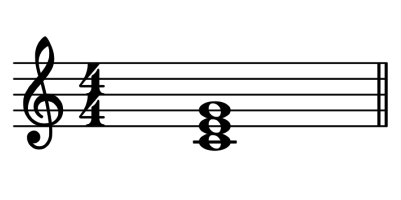
Our chord tones are C E and G. These chord tones are the safe notes, but they are not the release until we add tension before them.
“Scaling” the Chord
When improvising we can play the C major scale over the C major chord. Listen to the four examples below.
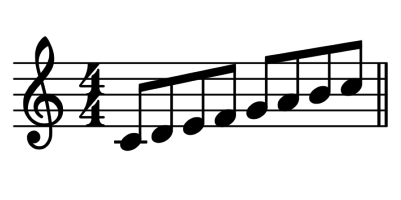
Listen: the more the note value lingers, the more the notes start to show their true sound, their true relationship to the chord. This is really important. Take the time and listen to how each note from the scale sounds against the chord. The next seven examples do exactly this.
I ask my students to play this way when they are learning to improvise. Make sure you listen to each track a couple of times. This helps isolate the context. Otherwise, when you play each track one after the other it just sounds like a scale ascending.
Notice how some notes sound more at home or more stable than others. You will hear that the notes not in the C major chord can sound unsettled, dissonant. This is tension.
Seven Ways Home
Let’s put this in a more musical context. A great place to start is using the first two triads built off the major scale: C major and D minor. Play the C major broken triad over the C chord and it sounds at home.
Play the D minor broken triad over the C major chord and now we are hearing some tension.
The notes in the D minor triad are D, F, and A. They are not in the C major triad/chord, creating tension when played against the C chord.
Listen now to the next examples as tension notes and resolve to chord tones. The tension notes (D, F, and A) all come from the D minor triad, resolving above or below to a chord tone.
Example 1
Example 1 plays the D (root note of D minor) and resolves to C—the root of C major. D is not in the C major chord. It creates tension and then resolves to a safe note from the C major chord.
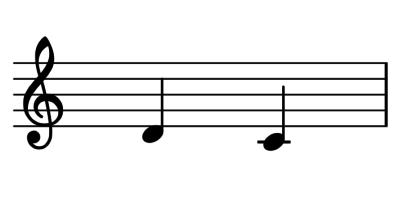
Example 2
Example 2 plays D again but this time resolving up to E. E is the 3rd of C major. It is a safe note.

Example 3
Example 3 starts on F—considered an “avoid note” when improvising because of the tension it creates when played against a C major chord. The F is a semitone above the E in the chord.
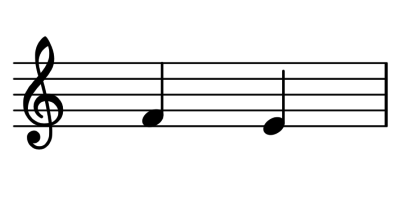
The F then resolves to E and justifies its existence.
Example 4
This example starts on F but resolves up to G—the fifth of the C major chord.

Example 5
Now playing an A then resolving down to the G.

Example 6
Example 6 plays A but resolves up to the C an octave above the root note. So far, we have resolved step wise, but the next available note ascending is a B. B is not in the chord of C major, so we’ll skip up to C for now.
Now that B is in the chord of C major 7. When we are only playing 3 note chords (C E G) the B note does not sound at home. But as we add four-note chords—C E G B, for example—the B can be considered safe. But in most cases, it will want to resolve to the C. That’s why we call it the leading tone.
Example 7
Again playing the A but then moving to the B then finally resolving up to the C note an octave above the original root. In this example, you can really hear how the melody is ascending and the B is a passing tone (leading tone) delivering the melody to its destination.
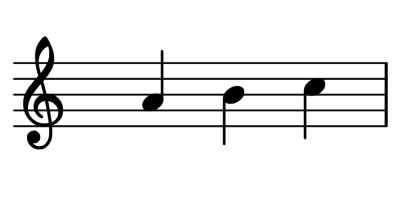
It is important to note, that these examples presented here are only one context of using the C major scale. The C major scale is played over a C major chord. When I play this same scale over different chords in the key of C, the tension and resolution will then change.
When we take the time to listen carefully, the nature and nuances of tension and release in music grow clearer to our ears. The feeling of this tension and release will guide you when playing by ear and when improvising. Now that your ear is sensitized to the sound of scale steps played against a single chord, next time we will move beyond to see how tension and release works while playing melodies over a chord progression.

